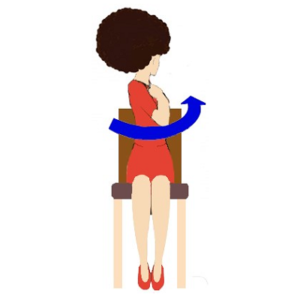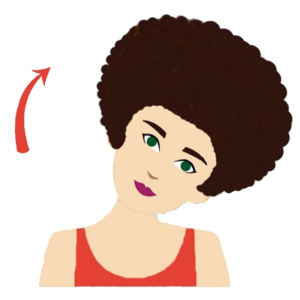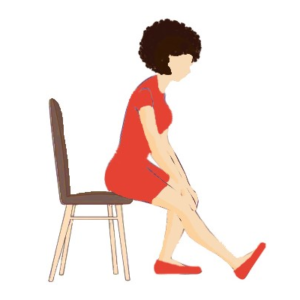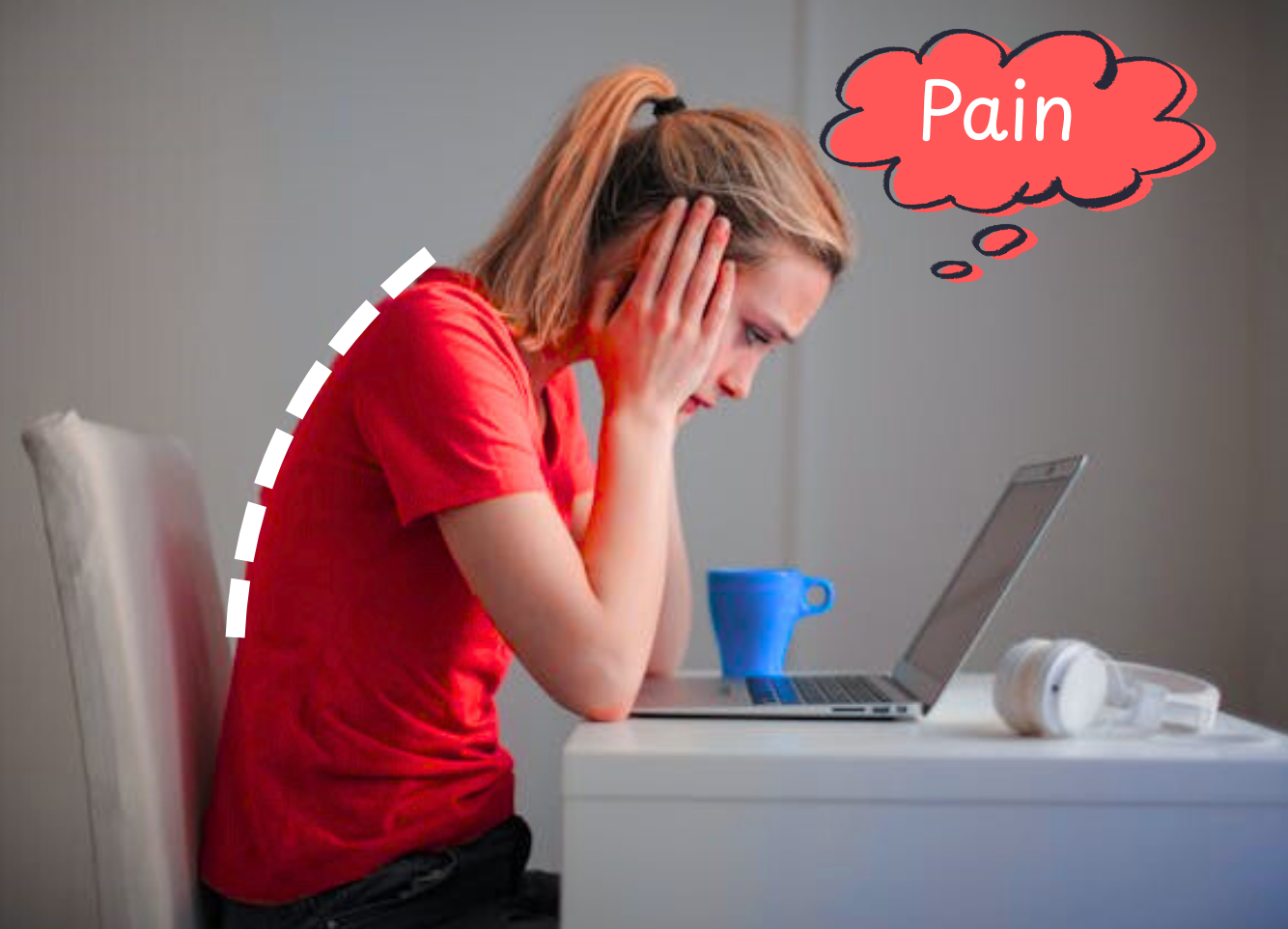 Musculoskeletal disorders (MSDs) remain a leading cause of work-related ill health and lost productivity in the UK. According to the Health and Safety Executive (HSE), an estimated 543,000 workers were affected by work-related MSDs (new or longstanding) in 2023/24, resulting in 7.8 million lost working days. These figures reflect the significant organisational impact of MSDs through reduced productivity, increased sickness absence, and long-term health implications.
Musculoskeletal disorders (MSDs) remain a leading cause of work-related ill health and lost productivity in the UK. According to the Health and Safety Executive (HSE), an estimated 543,000 workers were affected by work-related MSDs (new or longstanding) in 2023/24, resulting in 7.8 million lost working days. These figures reflect the significant organisational impact of MSDs through reduced productivity, increased sickness absence, and long-term health implications.
The most commonly affected areas were:
- Back – 43% of cases
- Upper limbs or neck – 37%
- Lower limbs – 20%
While MSDs span multiple industries, including construction, transport, and administrative services, prolonged sitting, static postures, repetitive movements, and poorly designed workstations are recognised contributors — particularly in desk-based and office roles, such as those in administration and support services, where MSD rates are higher than average.
This reinforces the importance of preventative measures in the workplace. Ensuring ergonomic workstation set-ups, promoting movement, and integrating simple desk-based stretches into the working day are all practical, low-cost strategies that can reduce MSD risk. These interventions not only support employee health and wellbeing but also help employers reduce absence, improve productivity, and meet their legal duties under the Health and Safety (Display Screen Equipment) Regulations 1992 (Amended 2002).
Why Desk-Based Stretches Matter: Reducing Musculoskeletal Disorders (MSDs)
Reduction in Musculoskeletal Disorder Risk:
Periodic movement and stretching can help reduce muscle stiffness and tension caused by prolonged sitting or repetitive tasks. However, meaningful prevention of MSDs requires a broader approach — combining ergonomic workstation design, scheduled breaks, movement variation, employee education, access to occupational health and physiotherapy support.
Enhanced Employee Comfort and Engagement:
Have you ever tried to focus while in pain — perhaps with a stiff neck, an aching back, or a sore wrist? Discomfort like this doesn’t just affect concentration; it can interfere with sleep, disrupt mood, and gradually wear away at motivation. Employees who are physically comfortable are more likely to stay focused and engaged, which helps maintain productivity and supports morale and overall team performance.
Reduced Absence and Presenteeism:
MSDs are a leading cause of lost working days in the UK. Proactive, low-cost interventions can help minimise both absenteeism and presenteeism — where employees come to work but perform below their full capacity due to discomfort or pain — an often overlooked cost for organisations.
Improved Regulatory Compliance:
Under the Display Screen Equipment (DSE) Regulations 1992 (amended 2002), employers are legally required to assess workstations, reduce risks associated with screen use, and provide relevant training. This includes promoting regular movement and postural changes to protect employee musculoskeletal health.
Effective Desk-Based Stretching Exercises to Support Employee Health
The following simple stretches can be incorporated into the workday to promote musculoskeletal health:

Spinal Rotation:
With arms crossed over the chest, slowly rotate the upper body from the waist to the left and right, repeating 3 times to stretch the middle and upper back.

Back Extension:
Using a rolled-up towel positioned behind the mid-back and with one foot placed on the chair, extend the chest upwards while holding hands behind the head, repeating 3-5 times.

Shoulder Shrugs:
With chin up and neck straight, lift the shoulders as high as possible on inhalation and lower slowly on exhalation, repeating 10 times.

Neck Rotation:
Turning the head slowly from left to right while keeping the chin level, repeating 3 times on each side.

Side Neck Stretch:
Tilt the head toward the shoulder as if trying to touch it with the ear, holding for 20 seconds, repeating 3 times per side.

Hamstring Stretch:
While seated, extending one leg forward with toes pointed upward and knee straightened, holding for 20 seconds, repeating 3 times per side.

Hip Flexor and Quadriceps Stretch:
Standing and bending one knee with the foot behind, gently pulling the knee backward to extend the hip and stretch the hip flexors, while pulling the foot upwards to stretch the front thigh. Hold for 20 seconds, repeating three times per side.
How to Implement Desk-Based Stretching Programmes Successfully
Integration into Daily Schedules:
Embedding short, frequent micro breaks for stretching and movement during natural pauses in work (e.g., mid-morning, lunch, mid-afternoon) encourages regular activity without significantly disrupting workflow.
Use of Digital Reminders:
Automated prompts can encourage consistent participation in stretching and micro break routines.
Provision of Educational Materials:
Posters, instructional guides, and demonstration videos assist employees in performing stretches safely and effectively.
Managerial Support:
Equipping team leaders to model and encourage regular movement fosters a culture supportive of employee wellbeing.
Ergonomic DSE Assessments:
Aligning stretching initiatives with DSE workstation ergonomic reviews maximises injury prevention efforts.
Remote Work Adaptations:
Extending guidance and virtual resources to home-based employees ensures comprehensive organisational coverage.
Employee Training and Awareness
In addition to promoting desk-based stretches, organisations should provide training to help staff recognise early signs and symptoms of musculoskeletal disorders. Encouraging prompt reporting and fostering an open culture around musculoskeletal health can lead to earlier interventions and more effective management, reducing the risk of long-term issues.
Measuring Success: Monitoring and Improving Stretching Initiatives
Collecting employee feedback and collaborating with occupational health services and physiotherapy professionals enables measurement of the effectiveness of stretching programmes. Monitoring musculoskeletal complaint trends and absenteeism supports data-driven adjustments to wellbeing initiatives.
Integrating Desk-Based Stretches into Broader Workplace Health Strategies
Desk-based stretches complement wider organisational efforts, including:
Ergonomic Workstation Design:
Adjusting ergonomic equipment such as office chairs, desks, and screens to meet individual needs reduces physical strain.
Promotion of Physical Activity:
Encouraging active breaks, standing meetings, and exercise opportunities.
Mental Health Support:
Recognising the interconnection between physical discomfort and psychological wellbeing.
Wellbeing Education:
Providing training and educational resources on posture, movement, and healthy workplace habits.
Conclusion: Benefits of Desk-Based Stretching for Organisations and Employees
Incorporating simple desk-based stretches into employee wellbeing programmes reflects positively on organisational culture and supports compliance with health and safety obligations. Such initiatives contribute to the prevention of musculoskeletal disorders, enhance employee comfort, and ultimately promote sustained productivity and reduced sick leave.
Frequently Asked Questions About Desk-Based Stretching and MSD Prevention
1. Why are desk-based stretches important for employee health?
Desk-based stretches help reduce muscle stiffness and tension caused by prolonged sitting or repetitive tasks, lowering the risk of musculoskeletal disorders and improving comfort and productivity.
2. How often should employees take stretching breaks?
Short, frequent micro breaks—such as every 30 to 60 minutes—are recommended to encourage movement and reduce strain from static postures.
3. Can desk-based stretches prevent all musculoskeletal disorders?
While stretches are beneficial, a comprehensive approach including ergonomic workstation design, movement variation, education, physiotherapy and occupational health support is necessary for effective prevention.
4. Are these stretches suitable for remote workers?
Yes, with proper guidance and virtual resources, remote employees can safely perform these stretches and benefit from regular movement.
5. What role do managers have in supporting stretching programmes?
Managers play a key role by modelling good practices, encouraging participation, and fostering a culture of health and wellbeing.
Supporting Musculoskeletal Health Beyond Stretching
Desk-based stretching is just one component of a wider musculoskeletal health strategy. To support your organisation in reducing MSD risks and promoting employee wellbeing, we offer:
Accredited One-Day DSE Assessor Training Courses:
Equip your team with the skills to identify and manage workstation risks confidently.
Virtual and On-Site DSE Assessments:
Tailored support to optimise individual setups and prevent workplace injury.
Workplace Wellbeing Workshops:
Practical sessions focusing on musculoskeletal health, posture, and safe movement at work.
A growing library of educational materials to help you embed lasting ergonomic and wellbeing practices.
For more information or to discuss the right solutions for your organisation, please get in touch.
Disclaimer: The exercises outlined are intended as general guidance. Employees experiencing pain or specific health conditions should seek professional medical or physiotherapy advice.







